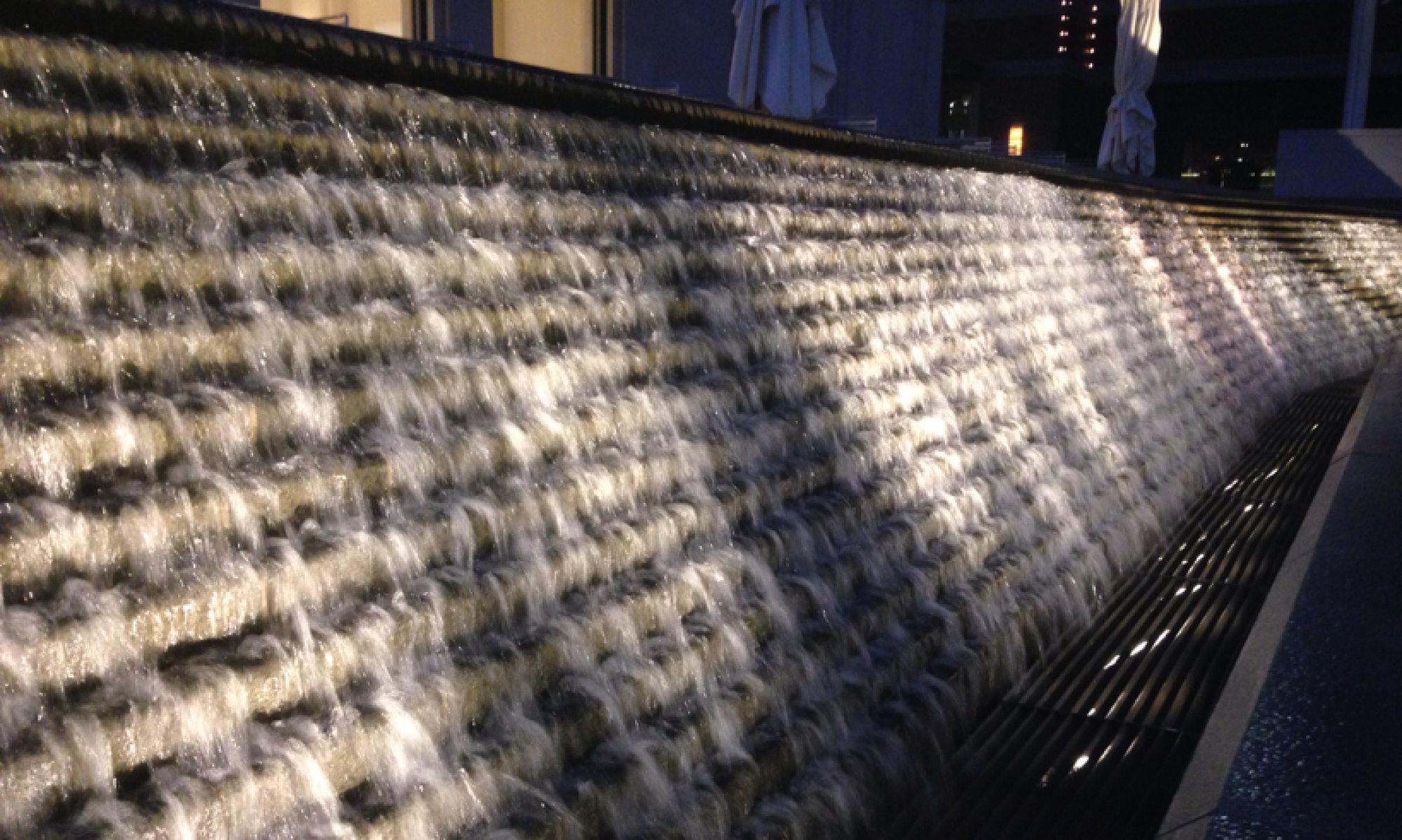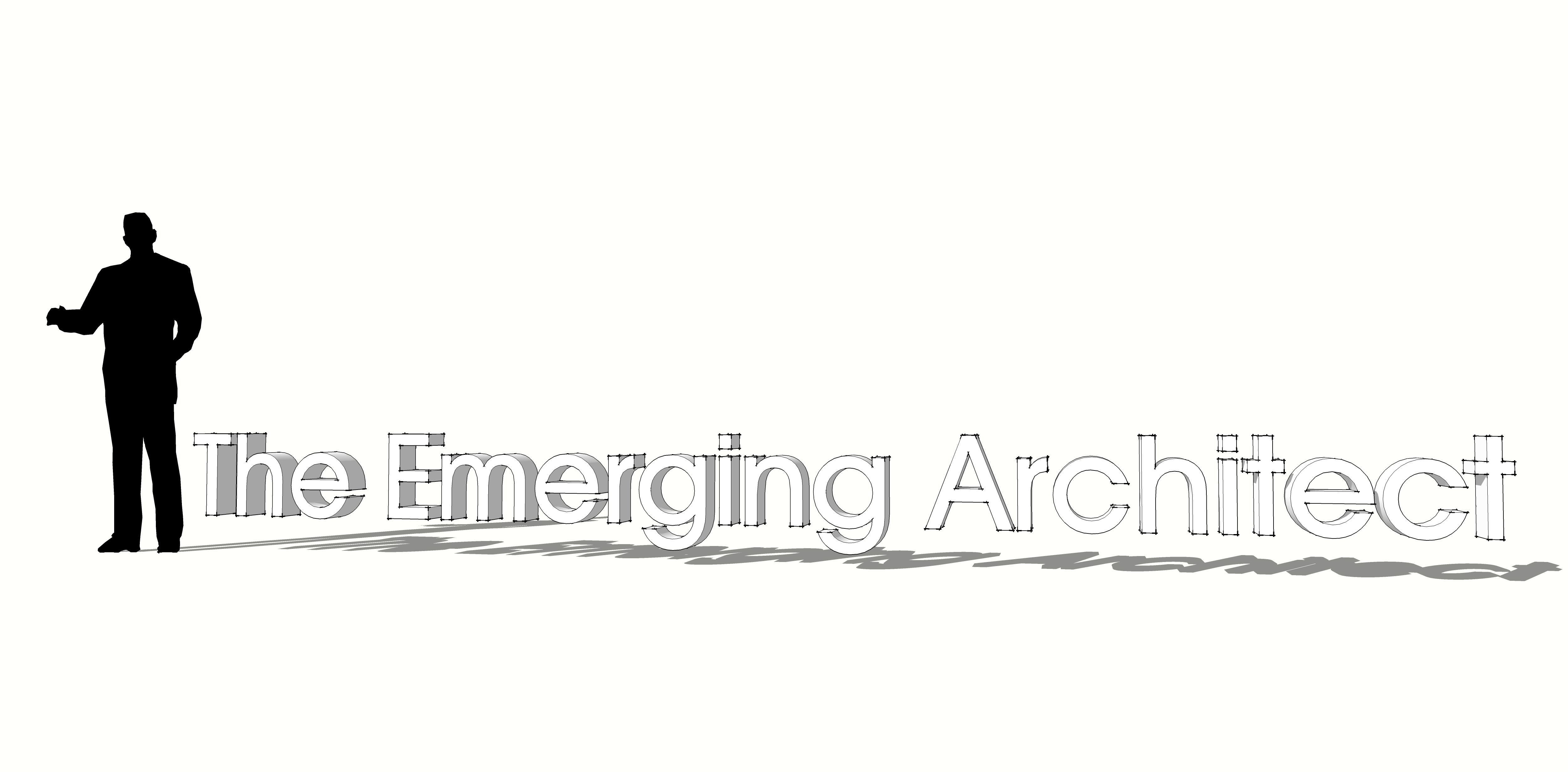Architecture is all about the drawings, right? Ummm, no. Wait, say what? Architects draw all the time whether it is by hand or on the computer. I don’t think you can possibly count the number of posts on the internet about what drawings should look like, what line-weights to use, what font works best for the drawing notes, etc. etc. Of course you would think it’s all about the drawings.

This is the 36th edition of the #ArchiTalks series. A continuous series of posts by various people within the architecture profession. Every month this diverse group has the challenge of writing about a specific topic, this month’s topic is “Communication”.
They’re all tools
All of the drawings and sketches we do are immensely important, hence us spending so much time on them, I’m even in the middle of an extended conversation at work trying to determine what is working and what needs improvement with our current drawing standards. But there is something I always remember when I think about all the discussions about line weights, sheet order, etc.; they’re just another tool in an architect’s tool box.
When I started my first real job in architecture, my boss sat a couple of us interns down and explained to us that the real job of an architect is to communicate their ideas clearly and effectively to their specific audience. With a client you want to express the ideas, the spaces, and the design ideas that will give them not only what they want, but what they didn’t even know they needed. With your consultants, you have to be able to explain how that design is going to function and operate. With the city, or other AHJ, you have to be able to show how the building will meet all of the codes and restrictions that are applicable to that area; how you are going to protect the health, safety, and welfare of the client. With the contractor…. where do I even start? Actually beyond the construction documents, I think architects have become ever more creative explain all of the design decisions and details that are required to make a successful project. Each of these require a different way of communicating your ideas, sometimes pretty traditional to the architecture world, sometimes not so much.

I have this story I tell when I try to explain what it means that sometimes you have to be more unconventional when you are explain what you want to communicate. I was working on a pretty small project a while back, small in terms of what I typically work on. It was an office addition which was only about 2000 square feet. In fact it only consisted of a work area, a conference room and a hallway. There was this one section though where we were adding a portion of a wall that was going to have a writing surface on it and it had some specific details of how to differentiate it from the rest of the wall. We had to make sure that we paid specific attention in the drawings because we knew exactly what we wanted and we wanted to make sure that it wasn’t missed. Fast forward a few weeks and that portion of the wall has been built, missing those specific details. We tried various ways of relaying the information to all of the people that could make it happen, but nothing seemed to work. Finally, after about two months, I decided there had to be another way to get our point across. After I printed out the detail of what we wanted full size and put it right where we wanted the work done, I showed the subcontractor exactly what and where it was supposed to go. The next day, the detail was there, it worked.
The point was not to go around anyone or make anyone feel bad; the point was we realized that we saw there was some sort of communication gap happening, and we had to find a way to get around it. Pretty unconventional yes, but after exhausting different ways of trying to solve the problem, we felt we had to do something to communicate our ideas more effectively.

What’s in the box?
We have a lot of things we use on a daily basis in our office as we go through the design process. All the typical pens, pencils, trace paper, note pads etc. that you can imagine, as well as a bunch of various software programs that keep both our Revit guy and our IT manager constantly busy. We try to use these tools as effectively and efficiently as we can. It is always a balancing act of what and how much to produce for all the different players in a project process. It creates a mountain of paper and computer files that can easily bury you. That hasn’t stopped us from looking at even more new and out of the box ways to convey our ideas.
At one of our in house meetings about company operations – sounds really exciting doesn’t it – it was brought up that we need to start looking at big ideas of how our company could work in the future and how we could embrace some of the new ideas that are out there in the world about where architecture is headed. Should we have the ability to let everyone be able to be mobile and work remotely and whenever; how far do we push the energy modeling software we have allowing owners to see what consequences each decision on a building will cause; should we keep pushing the realm of virtual reality, letting people virtually experience the spaces we create before a single material is purchased and a single hammer is swung; should we look into the world of augmented reality, blurring the lines between real and digital information? All of these are going to be tools we can use to not only communicate those ideas, but to help push our profession into whatever the next stage of architecture will become.
Some of the tools we use will come and go, some will work better than others. Are you listening?

Curious how the rest of the #ArchiTalks crew interprets “Communication”? Check out the links below to find out.
Jeff Echols – Architect Of The Internet (@Jeff_Echols)
Communication and the Question of Relevance
Lee Calisti, AIA – Think Architect (@LeeCalisti)
what does it communicate?
Lora Teagarden – L² Design, LLC (@L2DesignLLC)
Types of communication in architecture
Eric T. Faulkner – Rock Talk (@wishingrockhome)
Talk, Write, Draw — A Com Hat Trick
Michele Grace Hottel – Michele Grace Hottel, Architect (@mghottel)
Architalks 36: Communication
Meghana Joshi – IRA Consultants, LLC (@MeghanaIRA)
Architalks #36: Project Amplify
Jeffrey Pelletier – Board & Vellum (@boardandvellum)
Tips for Communicating with Your Architect, Interior Designer, or Landscape Architect
Samantha R. Markham – The Aspiring Architect (@TheAspiringArch)
Why Communication Skills are a Must for Aspiring Architects
Jim Mehaffey – Yeoman Architect (@jamesmehaffey)
Communication in a Yada Yada World
Mark Stephens – Mark Stephens Architects (@architectmark)
Communication
Jane Vorbrodt – Kuno Architecture (@janevorbrodt)
Explain Yourself…




5 Replies to “Communication – What, How, Why?”